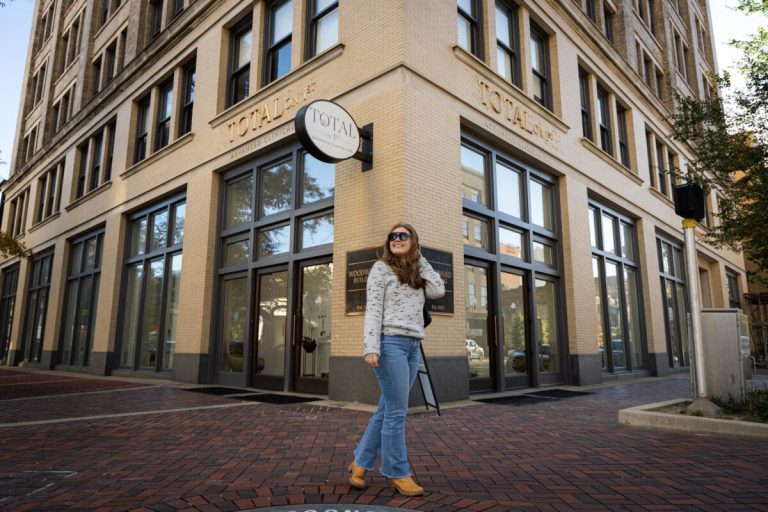This UAB doctor helped a child focus on his life, one eye at a time
Reading time: 4 minutes
Six-year-old Anderson Glover developed congenital cataracts at a very young age, and doctors told his parents there wasn’t much they could do. These types of cataracts are typically diagnosed at birth or infancy but occur in the womb.

How It Happened To Anderson
As an embryo grows and develops eyes, a blood vessel running through each eye also develops, inserting itself into the eye and surrounding itself with nourishing blood vessels.
“This is similar to an umbilical cord, but instead, this cord nourishes the lens,” said Martin S. Cogen, M.D., professor and division chief of pediatric ophthalmology and strabismus in the University of Alabama at Birmingham Department of Ophthalmology. “Typically, after the lens is fully developed, this artery is not needed anymore and disappears near the second trimester.”
Sometimes, though, part of the artery does not disappear, leaving a defect in the lens. As the defect progresses, it eventually forms a cataract in the eye, continuing to cloud the lens until the child can no longer see. This is what happened to Anderson, and it compromised his vision at a very young age.
Off To UAB
In 2011 Melissa and Brandon, Anderson’s parents, researched doctors and decided to make the trip from their home in Knoxville, Tenn. to see Dr. Cogen at UAB’s Callahan Eye Hospital.
“He was a straight shooter from the start,” Melissa said. “He explained our options from worst-to-best-case scenario. He told us what this meant for our child and gave us hope and a chance to correct Anderson’s vision. And, that is all we needed.”
During the visit, the Glovers decided to go ahead with cataract surgery using an artificial lens implant.

A Marathon, Not A Sprint
According to Dr. Cogen, the real work began after Anderson’s surgery. While artificial lens implants are a successful way of treating congenital cataracts, the unaffected eye needs special attention, too.
“After the surgery, the real work begins with patching of the child’s dominant eye—a tedious process of covering a child’s better-seeing eye for multiple hours a day to allow the brain the opportunity to communicate with the weaker eye,” Cogen said.
Anderson’s parents drove back and forth to Birmingham during the process for checkups, and that’s a lot to juggle for working parents with two small children. It was a challenge, but Cogen encouraged the Glovers that it would be worth it.
He told Anderson’s parents that the healing process was a marathon, not a sprint to the finish line. If they continued patching Anderson’s good eye, then he would have restored vision for the rest of his life.
Seeing It Through
This past November, during Thanksgiving week, the Glovers learned that Anderson’s vision was 20/25. For post-surgical unilateral congenital cataracts, vision is often 20/200.
“In the beginning, I cried because it was so challenging, so much worry and lots of anxiety,” Melissa said. “Now I cry because this worked, and I am so thankful. It comes down to dedicated physicians like Dr. Cogen, because I know he is one of the best at what he does and this is why we drove multiple times a year, from out-of-state, to see an ophthalmologist at UAB.”
Seeing Is Believing
Recently, Anderson turned seven, and he loves science and football. Cogen has discouraged contact because of possible injury to the artificial lens implant. That’s OK. Anderson has decided he is going to be a kicker on the weekends and a marine biologist during the week.
He’s also in the highest reading group for his school grade, and Melissa says all of these activities Anderson gets to participate in are miracles, because he was supposed to be blind in his left eye. Thanks to UAB, Dr. Cogen and early eye exams for children, those miracles are Anderson Glover’s reality.
Jessica Martindale contributed to this story.



